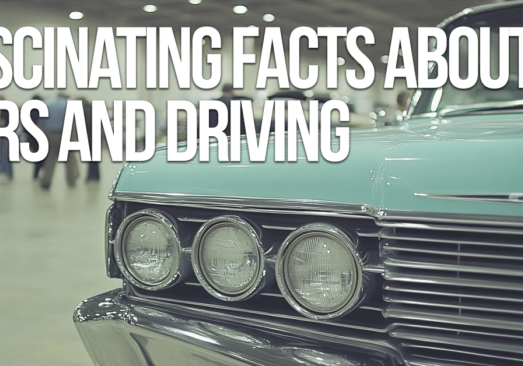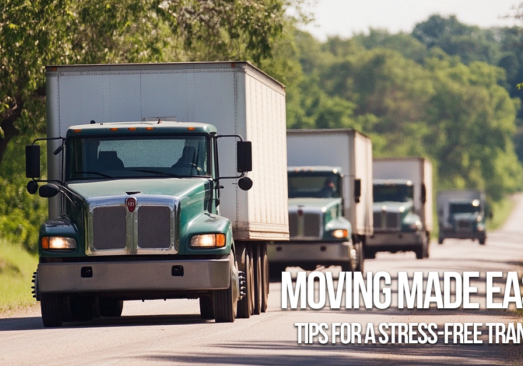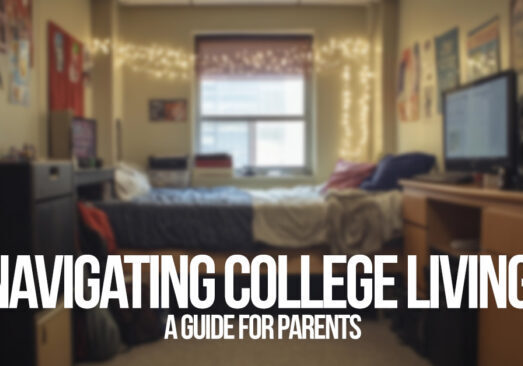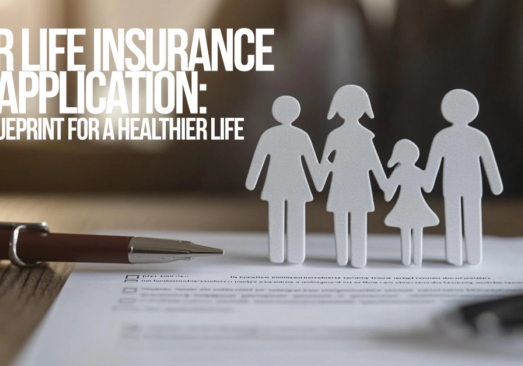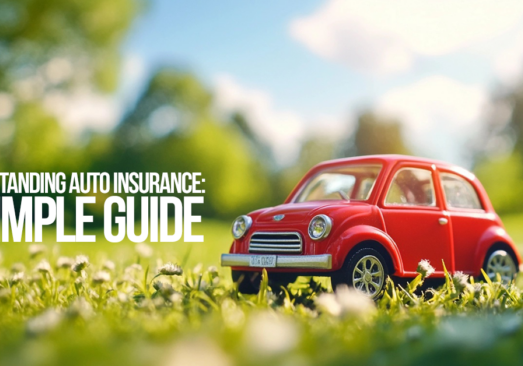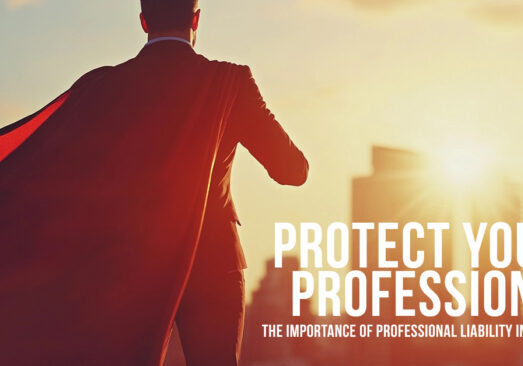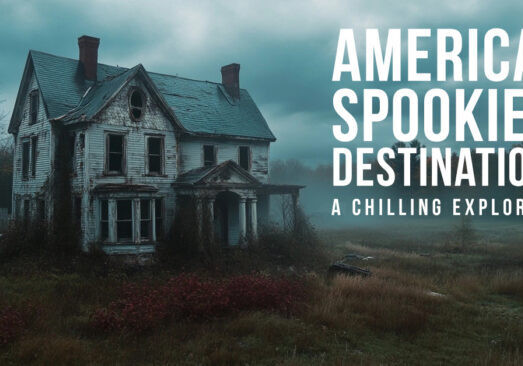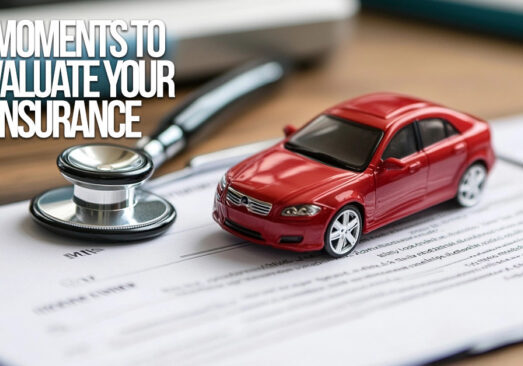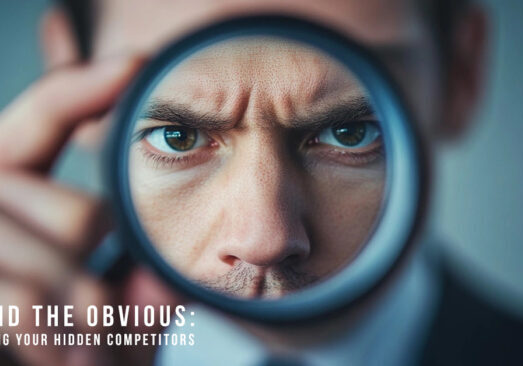It’s Deer Season
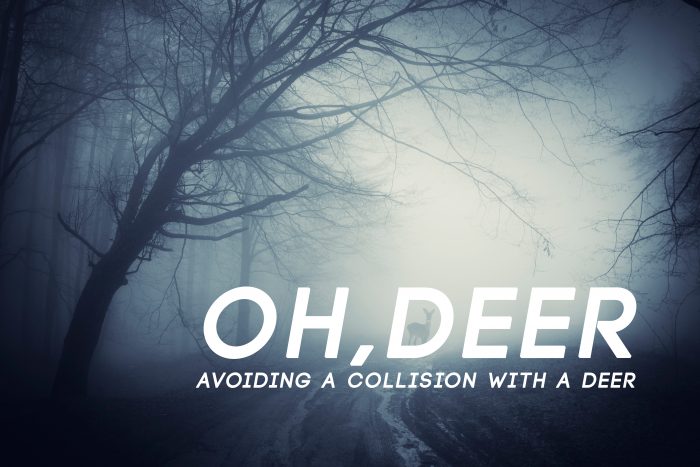
It’s October, which means it’s deer breeding season. How does that affect you? Well, during their breeding season, which extends until early January, deer are most active. October through January is uncoincidentally the time that the most deer-collisions occur. Most commonly, you’ll come across deer in the forest or on the outskirts of town. Typically, it happens during dusk or dawn.
Deer collisions are very common. According to an article by slate.com, it’s estimated that 1.25 million collisions with a deer happen in North America every year. These collisions are the result of more than 10,000 injuries, roughly 150 fatalities, and insurance payouts estimated to be $4 billion!
Why would a deer end up on our roads, anyway? As population increases in a specific area, developments are moving into the deer’s natural habitat. Arguably, the deer don’t find themselves on our roads; we put our roads in their home. Because it’s natural for them to be wild outdoors, we must be the one taking necessary precautions in order to protect both our car and the deer’s life.
Why doesn’t a deer know to get out of the way? Deer have incredible night vision due to an abundance of photoreceptors in their retina. The term “deer in headlights” comes from this fact. If a deer is looking directly into the bright lights of our cars, they are literally blinded and become frozen.
So, how do we avoid a collision with a deer? There are ways you can lessen your chances of hitting a deer on the road or lessen the injuries should an impact occur. Most obviously, wear your seatbelt and slow down. If you are driving through a highly wooded area, go slow, and be watching the sides of the road for their glowing green eyes. If you are driving through a low-traffic area, and there is no oncoming traffic, use your high-beam lights. Also, the “Watch out for deer!” signs on the side of the road are there for a reason. Pay very close attention if you come across one of these signs.
What should you not do when coming into contact with a deer? Do not swerve, regardless of your initial instinct. Swerving puts you at a greater risk for injury. Not only that, swerving will confuse the deer about which direction it should run. Also, it’s important to keep in mind that hood whistles have not actually been proven to work as they are intended. Do not rely on these devices. Deer are also pack animals. This means that if you see one deer, it’s highly likely that there is another nearby–be on the lookout.
Because deer are so unpredictable, if you see one, immediately begin slowing down and be calm and in control of your vehicle. Allow the deer to get out of the way.
Should you have a collision with a deer, call emergency services. This kind of loss is covered if you have comprehensive insurance. As soon as possible, report the incident to your insurance company.
We shop so you don't have to, and shop again every renewal.
Contact Us
OUR LOCATION
418 Main St. Canon City, Colorado 81212
719-275-0305
© Copyright 2024 Affordable Insurance Plans & Services Inc. | All Rights Reserved
Site by ICA Agency Alliance
418 Main St. Canon City, Colorado 81212
719-275-0305
© Copyright 2024 Affordable Insurance Plans & Services Inc. | All Rights Reserved
Site by ICA Agency Alliance
















